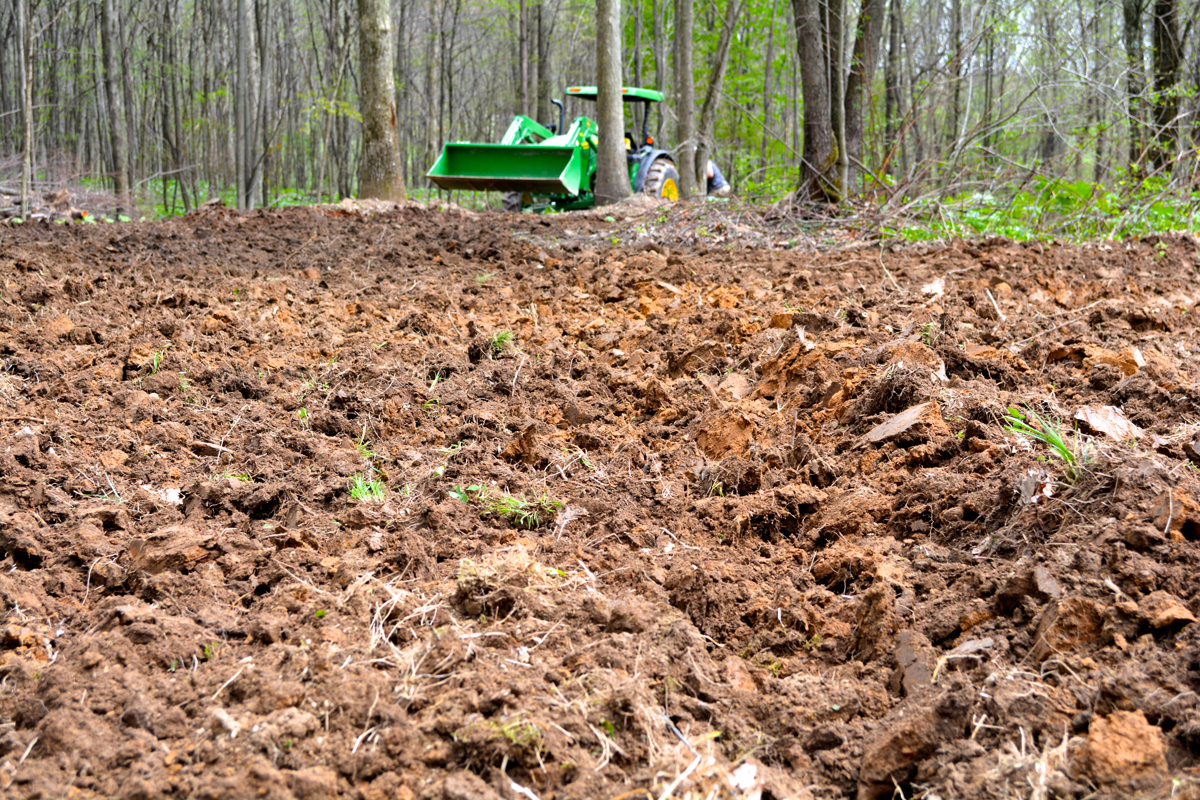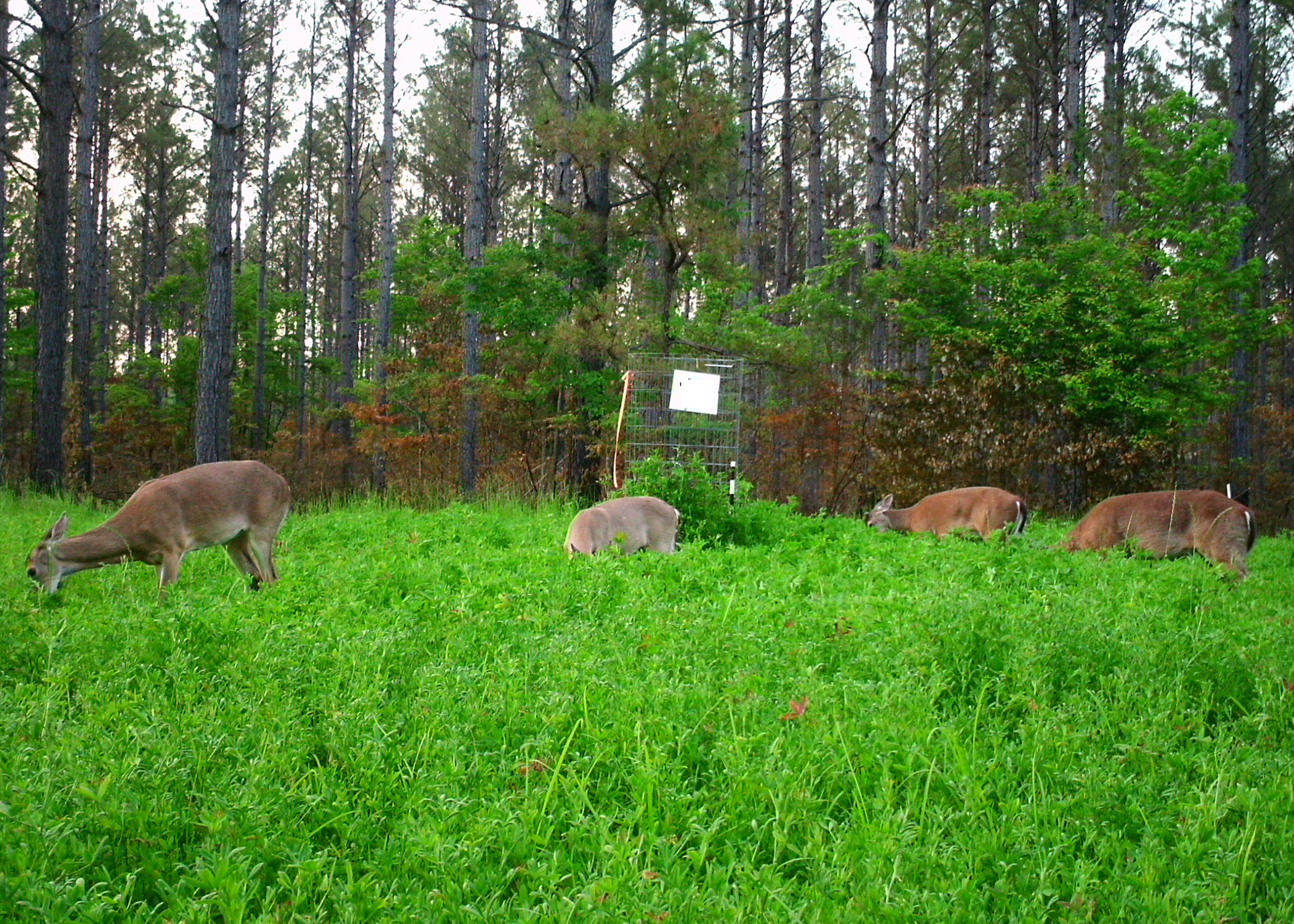Deer meals plots are meticulously designed spaces of land that offer deer with a competent supply of top of the range forage, bettering their dietary consumption and total well-being. Organising and keeping up those plots calls for cautious making plans, right kind website variety, and ongoing control practices to make sure optimum effects.
From figuring out some great benefits of deer meals plots to enforcing efficient planting and upkeep methods, this complete information will empower you with the data and strategies to create a thriving deer habitat that pulls and sustains those majestic creatures.
Deer Meals Plot Review

A deer meals plot is a strategically planted space of crops supposed to draw and maintain deer populations. Through offering a supplemental meals supply, meals plots toughen the dietary well-being of deer, supporting their total well being and reproductive luck.
When deciding on a location for a deer meals plot, a number of elements will have to be regarded as. Proximity to herbal deer habitats, akin to bedding spaces and water assets, is a very powerful. The plot will have to be positioned in an open space with abundant daylight and well-drained soil.
Moreover, it will have to be safe from over the top wind and skimming power from different animals.
Deer Meals Plot Advantages
Organising a deer meals plot provides a lot of advantages, together with:
- Progressed Deer Well being:Meals plots supply a concentrated supply of vitamins, bettering the full well being and power of deer.
- Greater Deer Inhabitants:Through supplementing herbal forage, meals plots can reinforce greater deer populations and toughen their reproductive luck.
- Lowered Deer Injury:When deer have get admission to to abundant meals assets, they’re much less prone to browse on agricultural vegetation or decorative crops.
- Enhanced Looking Alternatives:Meals plots can draw in deer to precise spaces, offering hunters with greater alternatives for a hit harvests.
Deer Meals Plot Making plans
Making a a hit deer meals plot calls for cautious making plans and control. Two key facets to imagine are soil trying out and pH control, in addition to selecting the best plant species and designing a planting plan that meets the dietary wishes of deer all the way through the 12 months.
Soil Checking out and pH Control
Soil trying out is a very powerful for figuring out the pH degree of your soil and figuring out any nutrient deficiencies. Deer favor quite acidic soil with a pH between 6.0 and seven.0. If the pH is simply too low, you’ll be able to upload lime to lift it, whilst if it is too prime, you’ll be able to upload sulfur to decrease it.
Plant Species Variety
When deciding on plant species to your deer meals plot, imagine the seasonal personal tastes and dietary price of each and every plant. Some fashionable possible choices come with:
- Spring:Clover, alfalfa, wintry weather wheat
- Summer time:Soybeans, cowpeas, corn
- Fall:Brassicas (akin to turnips, radishes, and kale), oats
- Iciness:Iciness rye, wheat, triticale
Planting Plan
To verify a continual provide of forage, you need to design a planting plan that maximizes availability all the way through the 12 months. This comes to planting quite a few species with other adulthood dates and enlargement behavior. For instance, you must plant a mixture of early-season clover and alfalfa, adopted through soybeans and corn in the summertime, after which brassicas and oats within the fall.
This manner supplies a constant supply of diet for deer all through all seasons.
Deer Meals Plot Established order
Deer meals plot established order comes to making ready the website, deciding on and planting the correct seed, and managing water assets to optimize plant enlargement and deer appeal.
Web page Preparation
Correct website preparation is a very powerful for a hit deer meals plot established order. This contains clearing the land of particles and crops, and making ready the soil to make sure optimum seed germination and plant enlargement. Land clearing can also be finished manually or routinely, relying at the measurement and terrain of the plot.
Soil preparation comes to tilling the soil to a intensity of 6-8 inches, putting off rocks and different hindrances, and amending the soil with lime or fertilizer as had to modify pH and nutrient ranges.
Planting Tactics
The selection of planting methodology is dependent upon the seed sort and soil stipulations. Broadcasting is an easy approach the place seeds are scattered over the ready soil floor and calmly raked in. Drilling is a extra actual approach the place seeds are planted at a particular intensity and spacing the usage of a seed drill.
No-till planting comes to minimum soil disturbance, the place seeds are planted without delay into present crops the usage of a no-till drill. The suitable planting intensity varies relying on seed measurement and soil sort, however typically, seeds will have to be planted at a intensity of 1-2 instances their diameter.
Seed Variety
Selecting the best seed combine is very important for attracting and maintaining deer populations. A various mixture of plant species supplies dietary selection and year-round forage. Legumes, akin to clover and alfalfa, are prime in protein and nitrogen-fixing, which advantages each deer and soil well being.
Grasses, akin to fescue and ryegrass, supply power and fiber. Forbs, akin to chicory and partridge pea, be offering further dietary price and draw in bugs that deer in finding interesting.
Irrigation and Water Control
Ok moisture is very important for seed germination and plant enlargement. In spaces with restricted rainfall, irrigation is also essential to complement herbal precipitation. Drip irrigation or overhead sprinklers can be utilized to offer water successfully and decrease evaporation. Correct water control additionally comes to controlling drainage to forestall waterlogging and erosion.
Deer Meals Plot Repairs

Keeping up deer meals plots is a very powerful for making sure optimum forage high quality and amount all the way through the 12 months. Correct control practices come with weed and pest regulate, fertilization and nutrient control, and rotational grazing.
Weed Keep watch over and Pest Control
Weed infestations can scale back forage availability and impede deer usage. Common tracking and well timed weed regulate measures are very important. Herbicides can successfully suppress weeds, however cautious variety and alertness are essential to keep away from hurt to deer or different natural world. Built-in pest control (IPM) tactics, akin to crop rotation, quilt cropping, and organic regulate, too can lend a hand decrease pest infestations.
Fertilization and Nutrient Control
Fertilization is important for keeping up soil well being and forage high quality. Soil trying out will have to be carried out ceaselessly to decide nutrient deficiencies. Fertilizers will have to be carried out in keeping with soil check suggestions, taking into consideration the precise nutrient necessities of the forage species planted. Correct nutrient control guarantees optimum plant enlargement, complements forage palatability, and improves total deer well being.
Rotational Grazing and Leisure Sessions
Rotational grazing comes to dividing the meals plot into smaller sections and grazing deer on each and every phase for a restricted duration. This permits crops to get well and stops overgrazing. Leisure sessions, the place the meals plot is left ungrazed for a undeniable length, also are vital for plant regeneration and seed manufacturing.
Enforcing rotational grazing and leisure sessions guarantees long-term sustainability of the meals plot and maximizes forage manufacturing.
Deer Meals Plot Tracking and Analysis

Tracking and comparing deer meals plots are a very powerful for optimizing their effectiveness and making sure that they meet the dietary wishes of deer populations. Through assessing deer task and forage usage, managers can establish spaces for growth and make essential changes to control plans.
Tracking Deer Process and Forage Usage
- Path cameras:Path cameras supply treasured insights into deer motion patterns, feeding personal tastes, and herd measurement.
- Observe counts:Counting deer tracks in and round meals plots can point out deer task and supply an estimate of inhabitants density.
- Visible observations:Direct observations of deer the usage of meals plots can give details about their feeding behavior and habitat personal tastes.
Comparing Meals Plot Luck
Comparing the luck of deer meals plots comes to assessing plant enlargement, deer use, and soil well being:
- Plant enlargement:Measuring plant peak, leaf space, and biomass manufacturing supplies insights into the dietary price and beauty of the meals plot.
- Deer use:Tracking deer task and forage usage is helping decide the level to which the meals plot is assembly the dietary wishes of deer.
- Soil well being:Assessing soil nutrient ranges and pH can establish any obstacles to plant enlargement and supply steering for soil amendments.
Ongoing Changes and Enhancements, Deer meals plot
In keeping with tracking and analysis effects, managers could make ongoing changes and enhancements to deer meals plot control plans. This may increasingly contain:
- Adjusting planting dates or types to optimize plant enlargement.
- Enforcing centered deer attractants or deterrents to extend or lower deer use.
- Accomplishing soil trying out and enforcing suitable soil amendments to beef up soil well being.
Through ceaselessly tracking and comparing deer meals plots, managers can make certain that they’re assembly the dietary wishes of deer populations and give a contribution to the full well being and well-being of deer herds.
FAQ Defined: Deer Meals Plot
What are the main advantages of organising a deer meals plot?
Deer meals plots supply a lot of advantages, together with stepped forward deer well being and diet, greater deer populations, enhanced searching alternatives, and habitat growth.
How do I make a selection the perfect location for a deer meals plot?
When deciding on a website for a deer meals plot, imagine elements akin to proximity to water assets, quilt, daylight publicity, soil stipulations, and accessibility.
What are some appropriate plant species for deer meals plots?
Really helpful plant species for deer meals plots come with clover, alfalfa, chicory, soybeans, and brassicas, which give a various vary of dietary price and seasonal availability.

